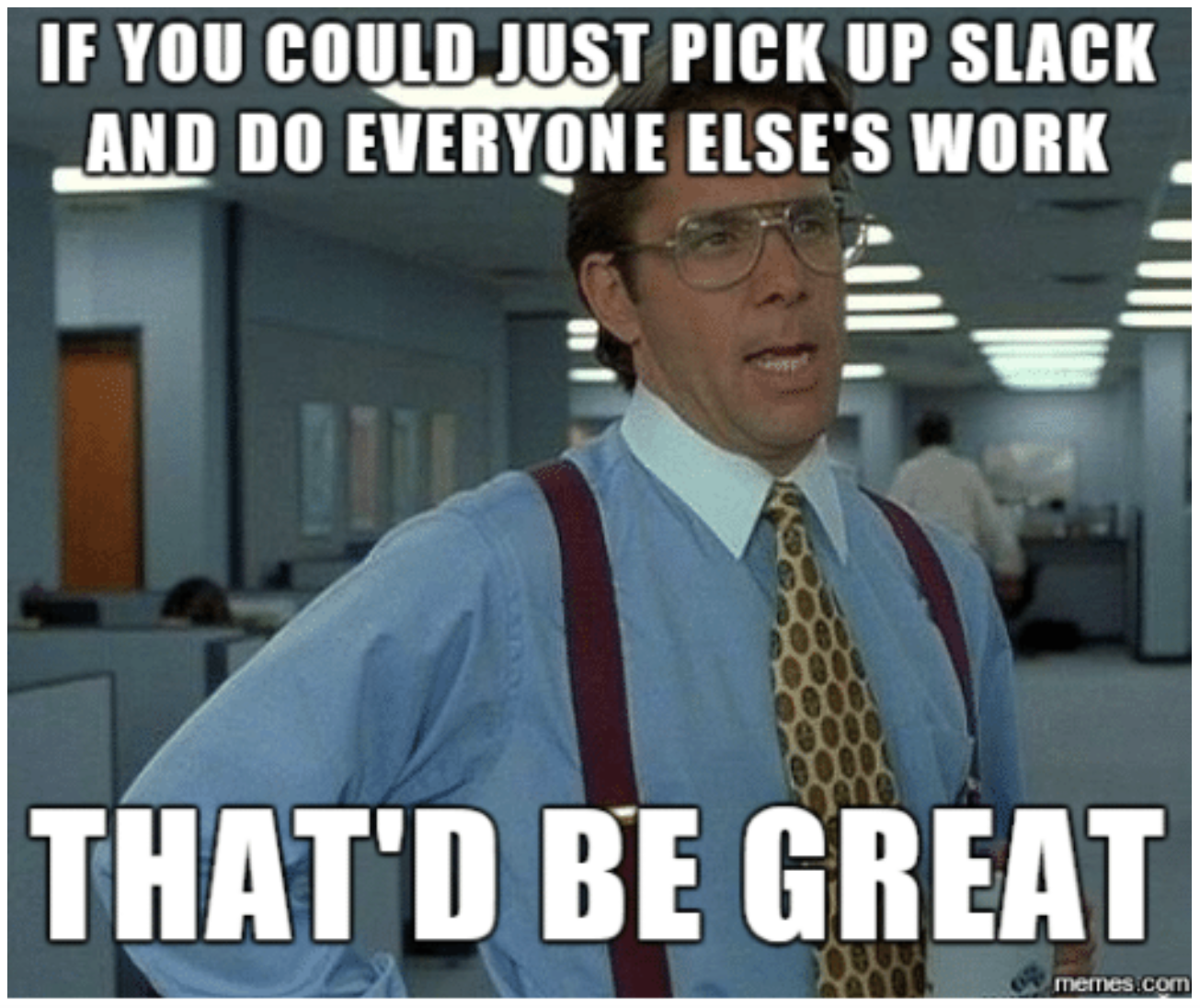Toxic Rock Stars.
At what point do toxic rock stars stop being rock stars and just start being plain ol’ toxic? What is a toxic rock star you may ask? In a nutshell, a high performer who gets you results, but at the expense of the wellbeing of others.
As a people manager, you want to depend on your team, you try to trust them and endeavor to give them the autonomy and responsibility they need to be strong individual contributors that make the collective team stronger. But let’s face it, sometimes you have team members that you count on just a little more, that you trust a little more and that are stronger individual contributors, for a variety of reasons. Maybe they are the most experienced person on the team, maybe they have the most background information on the account, or maybe they are simply a natural born leader and the other team members turn to them for guidance.
But, what happens when the ones you count on the most, also happen to cause the most problems?
I was reading an article in Inc. Magazine the other day, titled “Harvard Research Proves Toxic Employees Destroy Your Culture and Your Bottom Line.” Unlike my beloved Harvard Business Review articles which are typically about 8,126,947 pages long, this one was a pretty quick read. It’s the kind of article that tells you all the things you already know, but haven’t really thought about; toxicity in the workplace causes productivity declines, quality of work decreases, people feel as if they can’t trust others. Obvi.
What I found most interesting in the article is the six types of toxic employees they listed. The Slacker. The Bully. The Gossip. The Lone Wolf. The Emotional Mess. The Close-Minded Know-It-All. You know these people, you’ve worked with these people, and maybe, just maybe, deep down, you know that you are one of these people.
So what do you do when you work with a toxic rock star? You coach them up, or you coach them out. It’s not-so-simple as that. But in my opinion, it’s critical to focus on the many, not the few. No amount of value that a single employee brings to the table is more important than the wellbeing of the larger group. As the Inc. article says, “It only takes one bad apple to ruin the bushel.”
That leads me to a second article that I read recently out of Fast Company, “How Leaders Can Cultivate Hope.” Now I say a lot of four letter words, in fact, those four letter words are some of my favorites, but hope isn’t typically one of them. Hope unites a team. Hope inspires someone to be their best. Hope allows a person to look towards the future, understand the goals and build plans on how to get there.
Toxic rock stars will absolutely, positively, without a doubt smother all hope your team has and once you’ve crossed that threshold and not done anything about it, it’s damn hard to recover. Trust me, I’ve seen it, and then you, as the leader, must work overtime (literal and figurative) to fix it. So you want my advice? Part ways. Say goodbye. It’s hard. Really hard. You uproot a life, potentially several lives if that person has a family. But you know what? They aren’t going to change. They might change for a short period of time. But in my 15+ years in corporate America, I have yet to see someone change long-term.
Does that make me cynical? Sure. Am I okay with that? Kind of. I’ve watched people cry because of a workplace bully. I’ve had people try to quit because they have to pick up the slack from a slacker and now they’re burnt out. I have had to interject and ask someone to let someone else finish their thought because they keep cutting them off. The longer you drag out the inevitable, the dimmer that hope gets and the worse off the rest of the team is. Focus on the many and stop favoring the few. Easier said than done, I know. But, business is business and sometimes tough decisions are necessary.
It only takes one bad apple to ruin the bushel.
